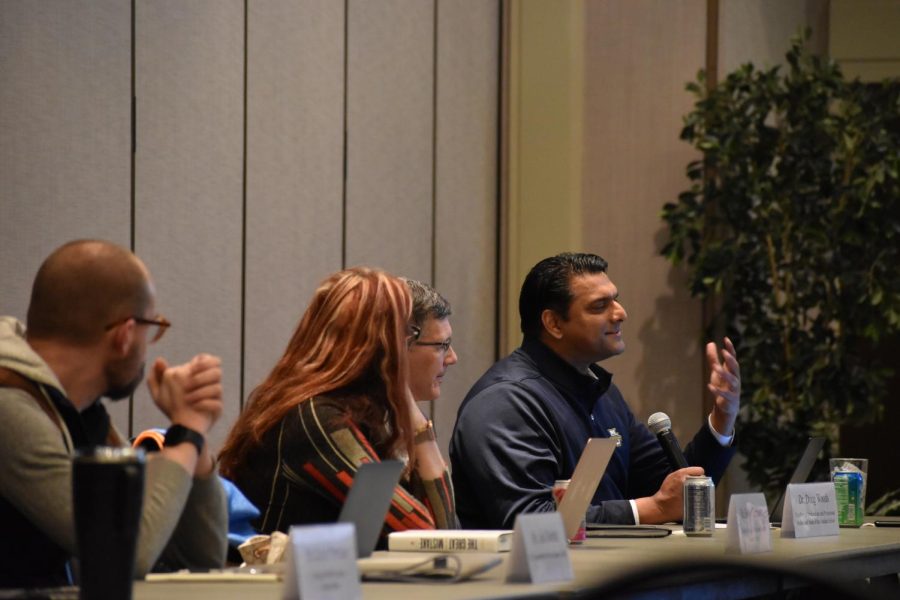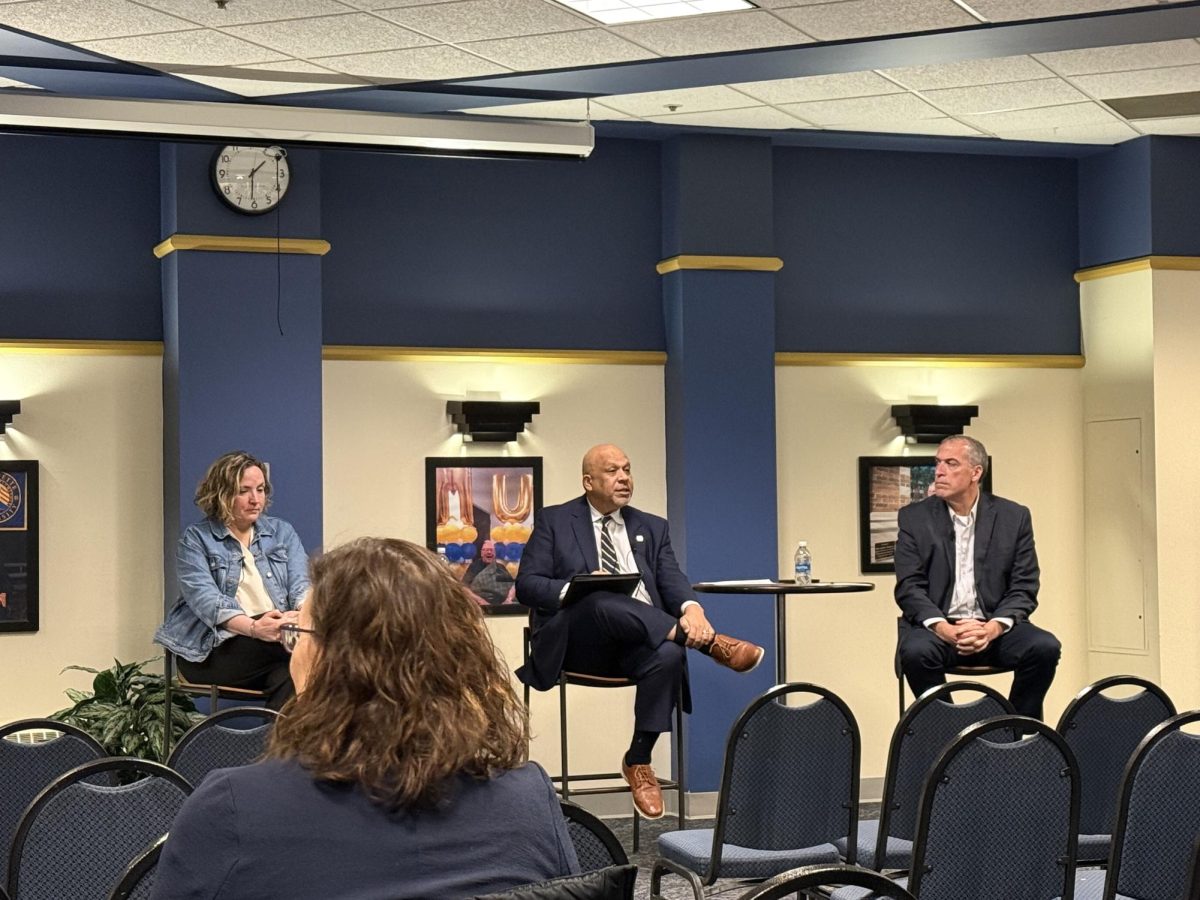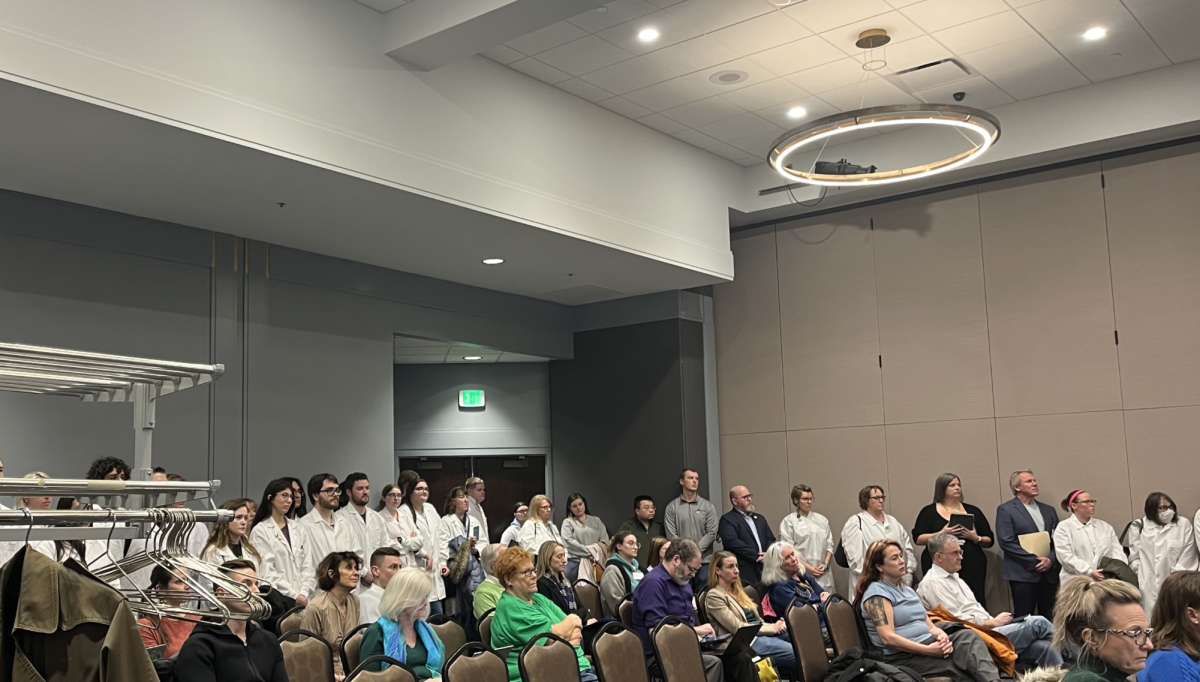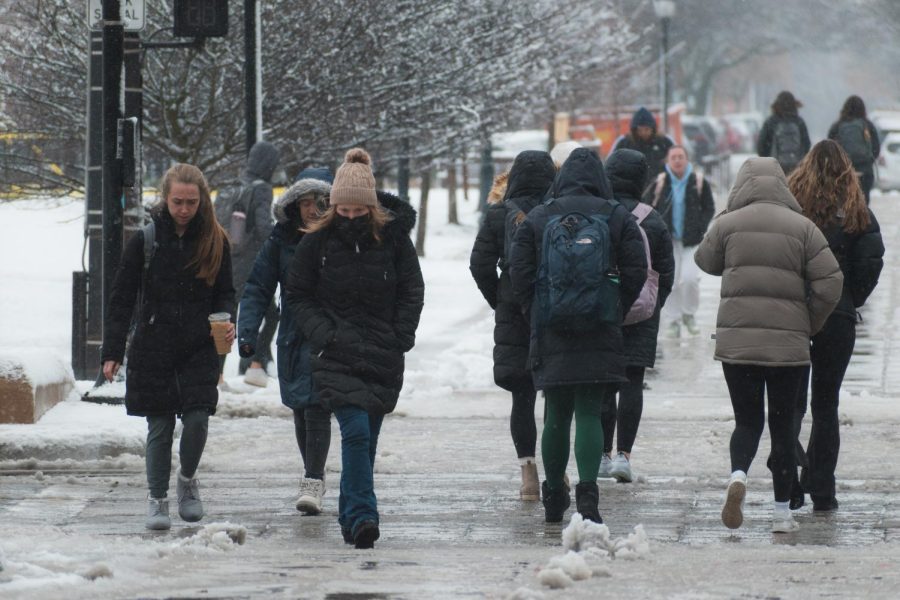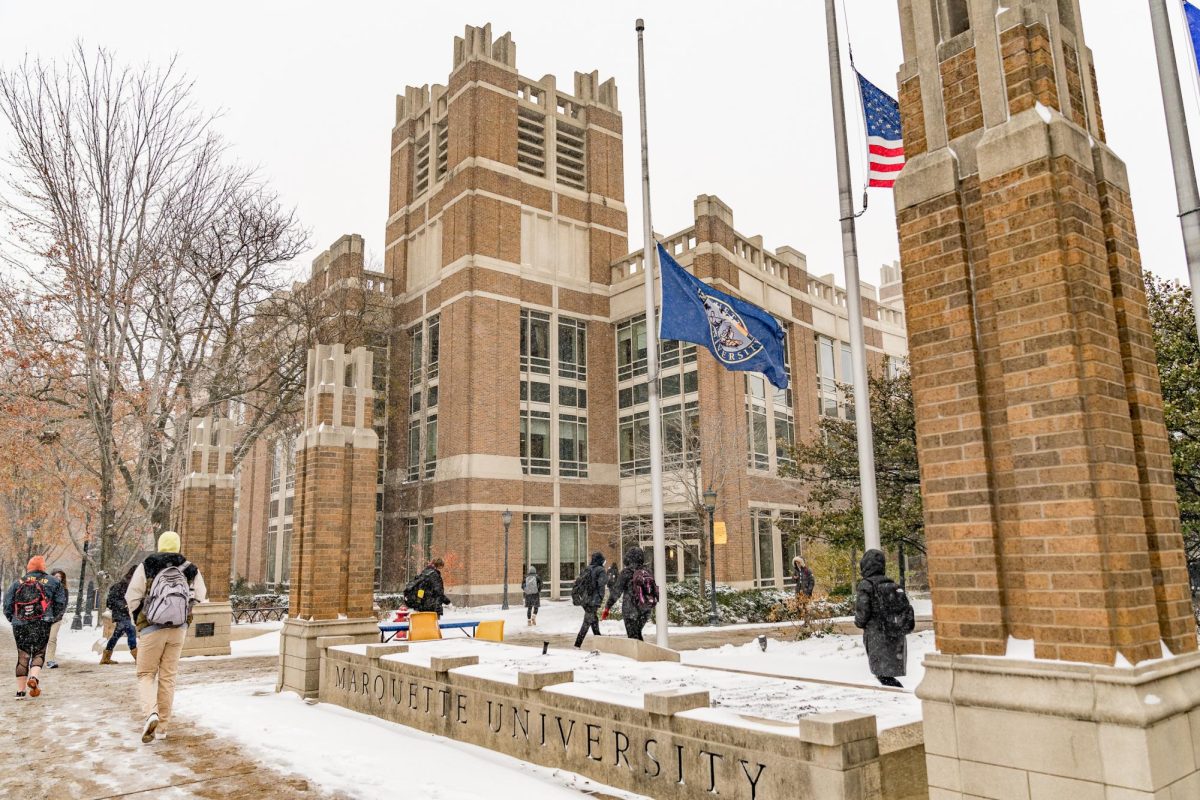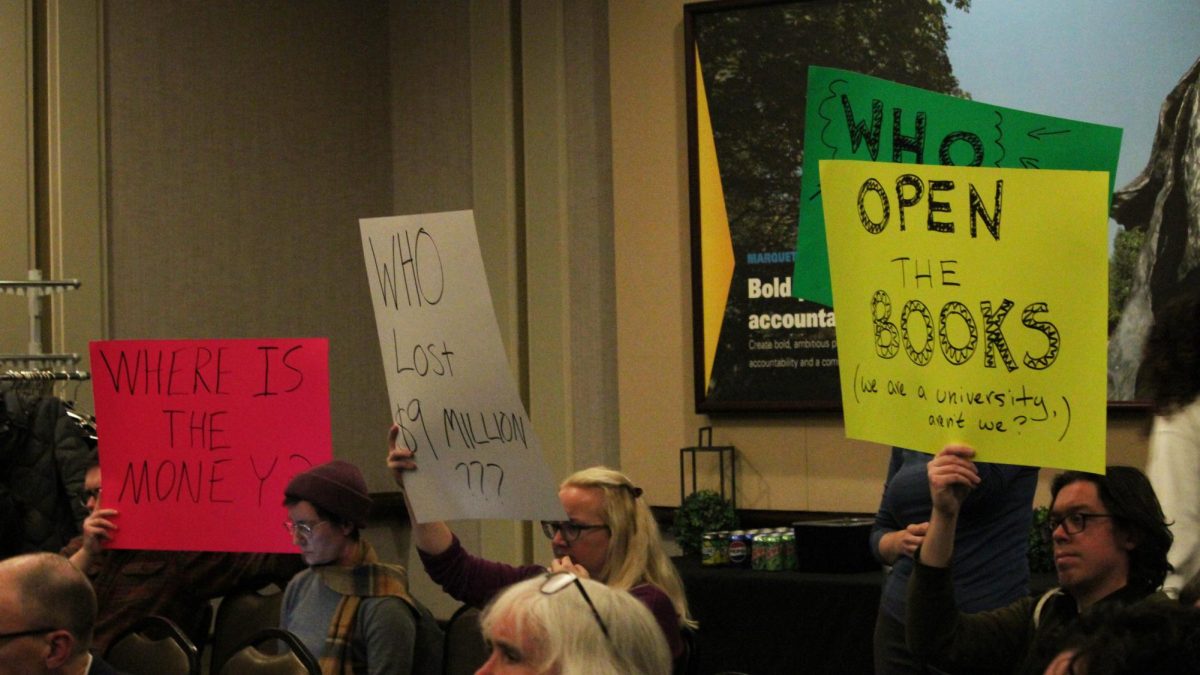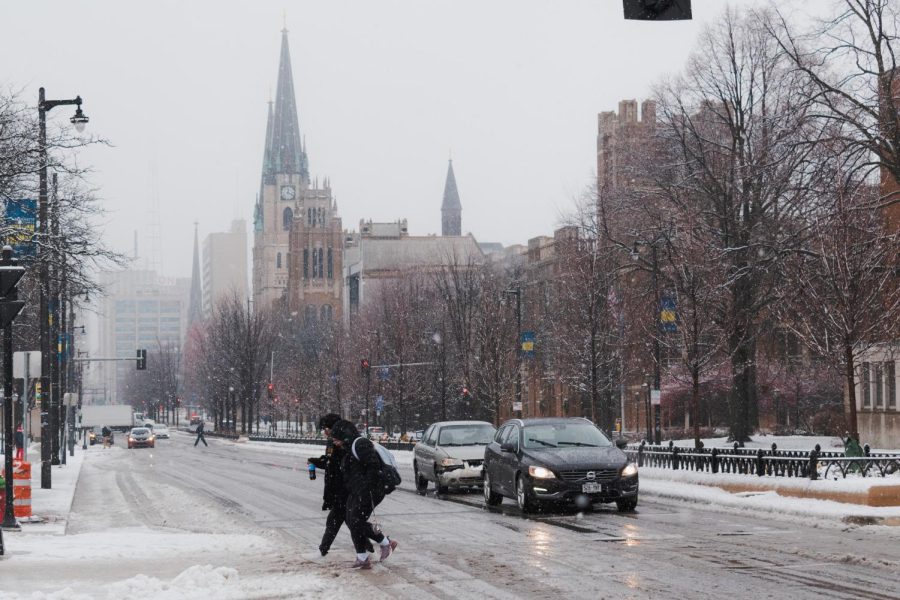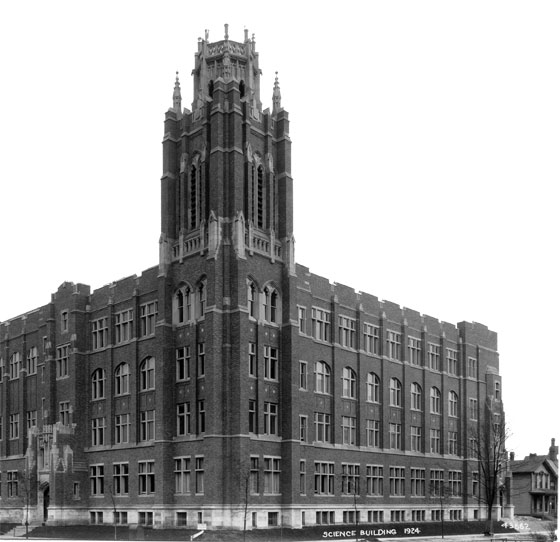Marquette University Academic Senate highlighted financial “pain points:” pressing, widespread problems at Marquette that make it increasingly difficult and in some cases impossible to offer academic programs as advertised to current and prospective students.
As defined in a handout given to academic senate members by Lowell Barrington, chair of the University Faculty Committee on Budgets and Financial Planning, some of these “pain points” were emerging prior to COVID-19, but nearly all were made much worse by the budget cuts between 2020-2022.
Barrington said these problems mainly include increased trouble in retaining and recruiting faculty and graduate students, as well as lack of hiring flexibility due to lack of competitive salaries, inadequacy of program support, along with travel and research reductions for faculty. Another issue Barrington mentioned involves inflation, claiming that besides merit, equity and catchup raises, there needs to be an across-the-board raise due to a 3% increase in salary actually being a 5% pay cut as a result of inflation.
Marquette has seen its instruction cost per student stay relatively steady from 2019 to 2021, with an increase from $12,201 to $13,199, down from 2020’s $14,470 per Vice President for Finance Ian Gonzalez. The most recent Integrated Postsecondary Education Data numbers presented by Gonzalez ranks Marquette one spot outside the top 10 for all Association of Jesuit Colleges and Universities for highest instruction cost per student.
“The bulk of it is faculty salaries. As an institution, two-thirds of our expenses are related to salaries,” Gonzalez said.
With early enrollment deposits up from this time last year, growing from 258 to 312 prospective students, Provost Kimo Ah Yun said the financial team feels good about enrollment for the upcoming fall semester, with a focus on encouraging prospective students onto campus.
“Our #1 predictor is getting people to campus. We’re up 18% in visits, so roughly we’ve had about 3800 of our admitted students visit campus that are in the pool this year compared to last year, that was about 3200 at this time. So the fact that more students are visiting campus is a good sign and indicator,” Ah Yun said.
In addition to promising undergraduate enrollment for the fall 2023 semester, Ah Yun is encouraged by graduate student enrollment data. Ah Yun mentioned the university is expecting a higher number of undergraduate students for the upcoming summer semester, despite a drop in applicants.
“Looking ahead to fall of 2023, which is really early, we’re about up 15% from last year, so that’s a good sign. But again, early and we have a long way to go and I’ll make sure I keep updating you as we move forward,” Ah Yun said.
With budgetary issues looming, Ah Yun wants to hear faculty input to improve university education.
“If you have ideas for growing academic programs, talk to your dean, let’s figure out what are our opportunities. I don’t want good ideas left on the table. If there are opportunities that we think are available, we should begin exploring them,” Ah Yun said.
Jeanne Hossenlopp, vice president for research and innovation, believes that more collaboration between all groups on campus is needed to improve the university, stressing the need to get ideas on the table.
The academic senate will meet next on Monday, March 20 to discuss finalizations on budgetary commitments.
This story was written by Kevin Fitzpatrick. He can be reached at kevin.m.fitzpatrick@marquette.edu

